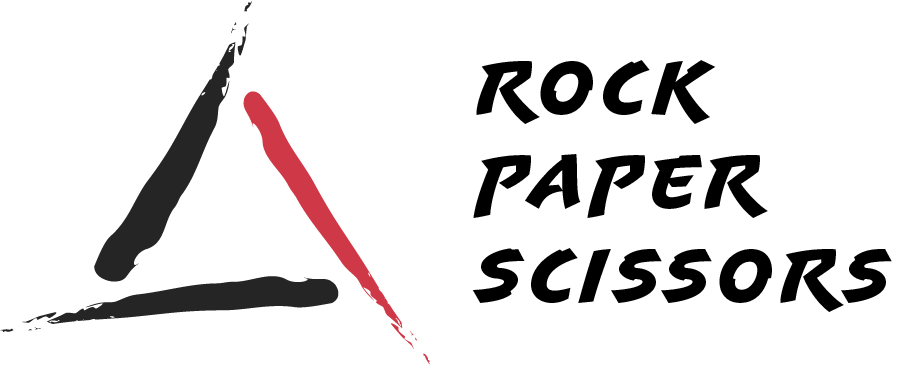“To justify a meeting, you should be able to pinpoint the outcome.”
Meetings are necessary in the business world–usually, but at the same time, meetings are not a solution to most problems. Many companies have tried to make meetings more productive. Some banned gadget in the meeting and the others try to do Stand Up meeting, in which meetings are often kept to 15 minutes. However, we cannot always believe that every meeting is important. As a matter of fact, in the United States, out of 11 million meetings organized every day, 63% of them do not have an agenda and 45% are informational staff meetings. The employees feel that 33.4% of meeting time seems unproductive. So how to know that meeting is necessary? We have come up with the guidelines in order to help you decide if a meeting is necessary to be conducted.
1. Define the purpose of this meeting. What are the goal and the outcome?
Before planning to conduct a meeting, be truly clear about the goals. Be as specific as possible. You also need to measure if the goals worth the time and energy used for a meeting or it would be just enough to be accomplished through e-mail or phone calls. If the goal is to reach a certain decision, then the meeting would be necessary. However, if what you need is collaboration or feedback on an ongoing project, to follow up any running activities, or reviewing deliverables from other team members, a meeting might be unnecessary. The same goes if you want to brainstorm without any agenda or goals, you can find other alternatives and more effective ways to discuss the issue.
2. Evaluate whether you have thought things through
Evaluate your thoughts. Consider all the aspects of the issue you want to discuss. If you don’t have any thoughts about the aspect of the issue, it is better to allocate the time you plan to use for the meeting to strategically think about the issue. By that, you might realize that a short e-mail will come in handy. Of course you cannot always rely solely on e-mail or phone calls. To meet face-to-face by just walking by a co-worker’s workstation is also important to deliver the message clearly, to brainstorm and to develop camaraderie as well.
3. Is everyone I plan to invite necessary?
It is has been agreed by business leaders and thinkers that the most successful meetings can be held by just eight participants. You need to make sure that you invite individuals that would take and/or give important impacts to the meeting. By that, you also help others to keep working on something that is more important than attending the meeting that might hinder their productivities. There is nothing more frustrating or unproductive than wasting hours of your day in a meeting that has little relevance to your job.
4. Can the meeting take place using a video call?
In this 21st century, video conference meeting is not unusual anymore, so the answer should be yes, you can. Features like Skype, Gmail, and FaceTime can be optimized for this need. Video conference meetings will make it easier to include remote participants in the conversation. The meetings can also be recorded for review in the future by participants who are unable to attend. Moreover, it is faster than audio-only conference calls if you have a fast internet connection and good equipment to make the meetings more productive and inclusive.
5. How long should this meeting be?
A long hour meeting with little outcomes to be reached will only fly everyone to boredom. While the standard meeting time takes 60 minutes, try to limit the meetings to not more than 30 minutes. It will help you and the attendees to stay focused along with the time limitation and the meeting can run effectively. Although, if everyone is feeling inspired and productive while you can manage the flow of the meeting, then a meeting that runs more than 30 minutes would be practical. However, if you want to discuss two things in a single meeting that would require a long hour meeting, make sure both things are related to each other. Or else, it would be confusing for the attendees and unproductive as well.
6. Does the meeting have a clear agenda?
If the meeting has no clear agenda, then what’s the point of the meeting?. Avoid yourself from being an unprepared leader by knowing what you want to discuss in a meeting with a clear and structured agenda. Creating the agenda will help you clarify your thoughts and vision about the discussed project. To save time as well, try to distribute any materials you’ll be discussing in advance to give people a chance to be better informed before going into the meeting. This will help the attendees to contribute productively in the meeting.
Conclusion
Meetings have a major impact on your team’s performance. Meaningless meetings affect things like workplace productivity and employee satisfaction. As a manager, you need to ensure that every meeting that you organize is necessary.
Rock Paper Scissors is the missing link between business and technical world. We translates business language into technical, and technical limitation into business constraints. We guide organization and individuals alike to create their own digital product and navigates all the complexity of product creation process. Find out more.
References
Boyarsky, K. (2019, February 28). Use This Meeting Checklist to Decide If a Meeting Is Necessary. Retrieved from https://www.owllabs.com/blog/meeting-checklist
Get Minute. (2016). Too many meetings? How to determine if a meeting is necessary. Retrieved from https://www.getminute.com/too-many-meetings/
Merrill, D. (2012, November 20). Is This Meeting Necessary? Retrieved from https://www.forbes.com/sites/douglasmerrill/2012/11/20/is-this-meeting-necessary/amp/
